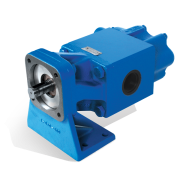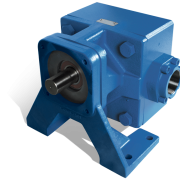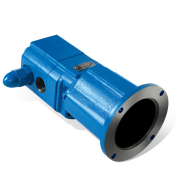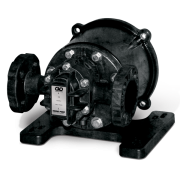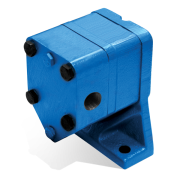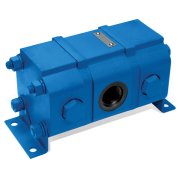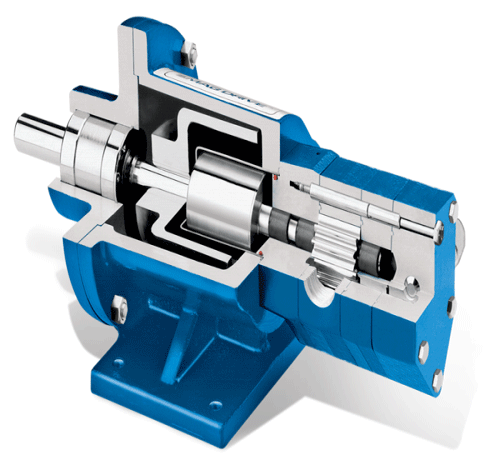
Features & Benefits
Higher Pressure Capabilities:
Wifth shaft support on both sides of the gears.
Multi-Section Pumps:
Use one motor for multiple pumping applications, blending liquids, or splitting flows to different uses.
Shaft Seal Options:
Including lip seal, component seal, cartridge seal and sealless mag drive options.
Porting Options:
Viking's broadest selection of port locations, configurations, and types.
Compact, Close Coupled Options:
For motor speed operation or with gearmotors.
Minimal Pulsation:
For accurate flow measurement.
Reliable and Easy to Maintain:
With only two moving parts.
One Shaft Seal:
More reliable and lower cost than two used on timed lobe and screw pumps.
Performance




Max. Capacity:
to 190 GPM (45 M3/Hr)
Max. Pressure:
to 2,500 PSI (170 BAR)
Viscosity Range:
28 to 1,000,000 SSU (1 to 250,000 cSt)
Temperature Range:
-40°F to +450°F (-40°C to +230°C)

